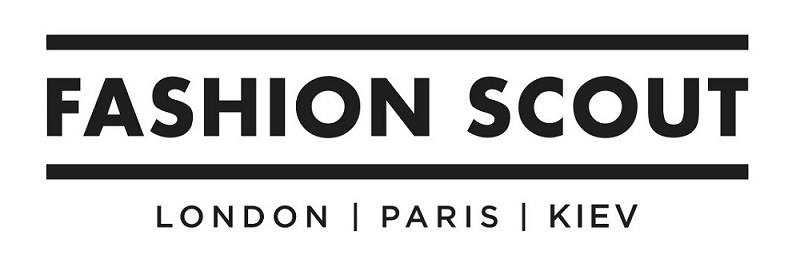 |
| Photography by Lucas Seidenfaden |
Transformed from this morning’s Graduate Showcase, the vestibule played home this afternoon to the Kingston University Fashion MA exhibition.
Skeletal black frames from which work was simply hung broke up the grand space. Sometimes the most beautiful work benefits from only the most sparse display – the case here. The exhibition was overwhelming to walk into, positively of course: innovation hung everywhere in various guises, demanding ones attention.
There was the digital catwalk show to contend with too – its premiere screening inciting a buzz around designers, their guests and VIPs alike. This video installation brought life to the delicate pieces hung in the exhibition space behind. Models with smeared black eye make up, and dirty blushed cheeks loomed, walking from screen to screen.
Stefanie Nieuwenhuyse’s sustainable creations, which seemed delicately sculptural on display, transformed into garments on screen. Her work had caught my attention in the exhibition: laser cut recycled plywood layered like scales onto a corset base. To see it on a model, in movement, was exquisite. Stefanie was the winner of a design challenge set by bio-waste firm InCrops to show the possibilities of sustainable materials in fashion. She sourced all materials for her pieces from the college workshop floor, and her work explores ‘biomimicry’ technology, emulating the look and feel of reptile skin.
The catwalk video showcased an ethereal sheer maxi dress by Stefanie, with a scale-y wood panel embellishment. The panel seemed to be in the shape of a lizard, as if it had been skinned, its limbs stretching out over the model’s body. Meanwhile, an open-ended necklace draped around the neck like a snake.
Another stand-out display was that of Ninela Ivanova. It held an arresting position in the centre of the room, but perhaps what captured visitors to Ninela’s work was her use of…mould. Ninela was taken by this most unusual, and not entirely pleasant, of inspirations after watching a Russian documentary. Growing her own mould specimens, she translated the forming patterns onto chiffon and silk. A long sleeveless jacket, lab coat-like, seemed to have mould growing within its fibres; greens browns and oranges bleeding randomly on its surface. A silicon dress had sealed within it a vein like pattern, while inside the PVC shoulder pads of a jacket grew live mould.
Although I was drawn particularly to the work of Stefanie and Ninela, there is no denying that the Kingston MA has produced very talented innovative graduates. I look forward to seeing their work at future Vauxhall Fashion Scout seasons.
Although I was drawn particularly to the work of Stefanie and Ninela, there is no denying that the Kingston MA has produced very talented innovative graduates. I look forward to seeing their work at future Vauxhall Fashion Scout seasons.





